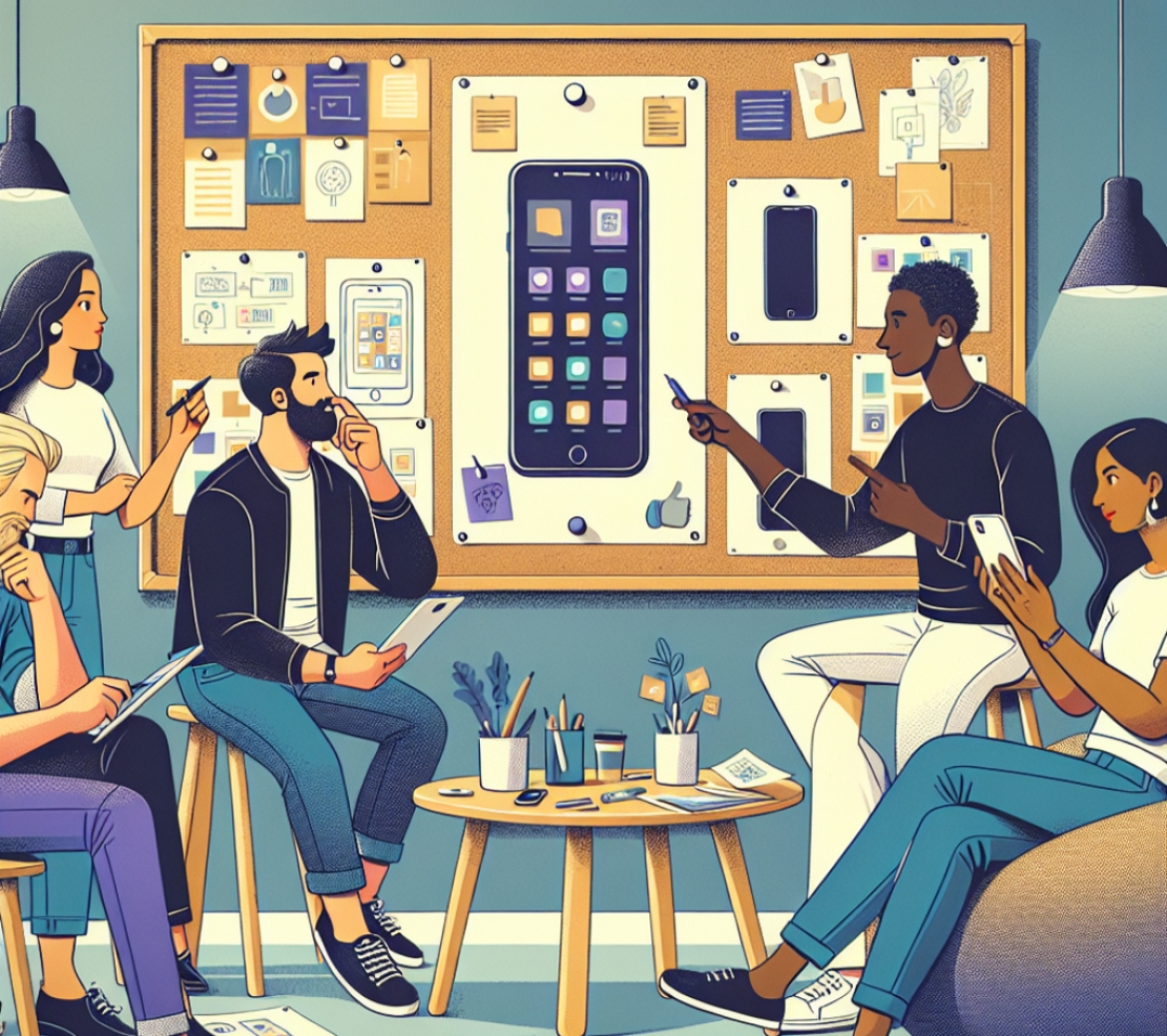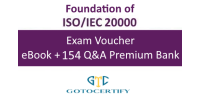Introduction
The creative process behind creating a new smartphone mirrors the application of Design Thinking: both aim to center the user, optimize functionality, and spark innovation. Through this post, we'll explore the parallels between developing a new phone and implementing the principles of Design Thinking.
Understanding the User
- Research: Just as phone developers delve into market research to understand consumer needs, Design Thinking begins with empathizing with the user's challenges and aspirations.
- Feedback Loops: Incorporating user feedback at every development phase ensures the product resonates with the target audience, similar to how prototype testing shapes a phone's features and design.
Ideation
- Creativity Sessions: Brainstorming sessions in phone development, aimed at generating innovative features, parallel the ideation process where no idea is too bold.
- Collaboration: Cross-functional teamwork, combining different perspectives, is crucial both in crafting the next-gen phone and in the Design Thinking methodology.
Prototyping
- Rapid Prototyping: Creating quick phone prototypes to test ideas mirrors the prototype stage in Design Thinking, emphasizing learning through doing.
- Iterative Design: Iteration is key, with each prototype bringing closer to the final product, echoing the iterative nature of refining solutions in Design Thinking.
Testing
- User Testing: Just as new phones are put through rigorous user testing to iron out flaws, Design Thinking involves continuous testing with real users to ensure solutions meet their needs.
- Adaptation: Feedback from testing phases leads to product adaptations, similar to how insights from user interactions with prototypes guide further refinement in Design Thinking.
Implementation
- Launch: The launch of a new phone to the market is akin to the implementation phase in Design Thinking, where the solution is finally brought to life and presented to the world.
- Continuous Improvement: Post-launch, the process doesn't stop. Ongoing updates and improvements keep the phone relevant, mirroring the continuous loop of learning and adjusting in Design Thinking.
Conclusion
The journey of bringing a new phone to the market encapsulates the essence of Design Thinking, from empathizing with the user to iterative development and continuous improvement. Both processes emphasize user-centricity, collaboration, and a willingness to challenge the status quo to achieve breakthrough innovations. By drawing on these parallels, we can better understand the value and application of Design Thinking in technology development and beyond.








